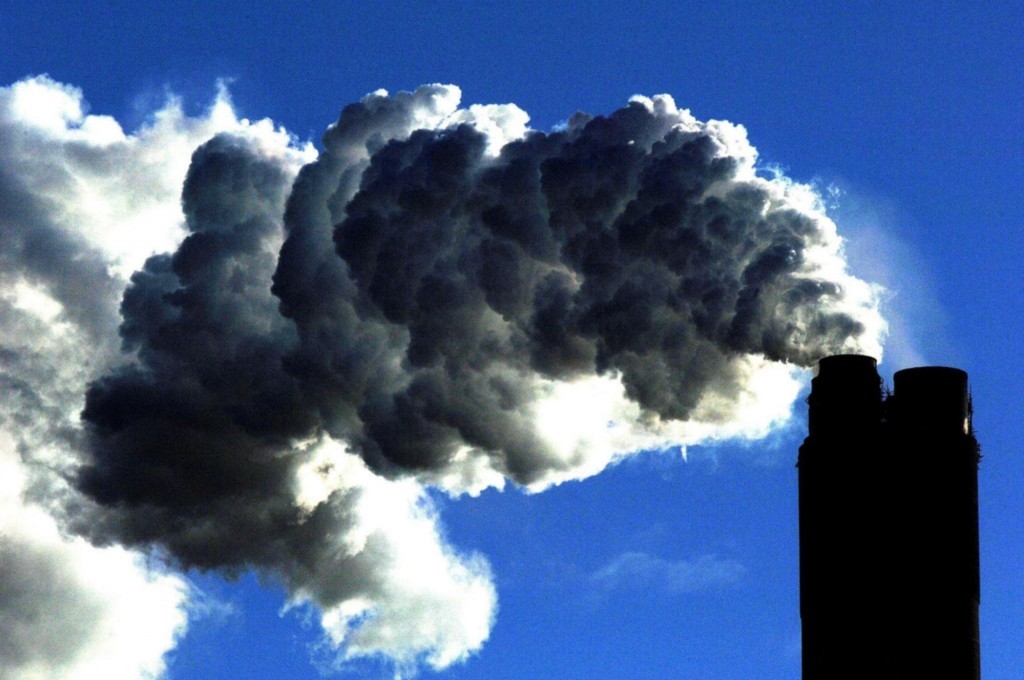
The surge in European carbon permit prices may just be beginning.
The price of emission rights will rise 62% by June 30, according to the median of 16 trader and analyst estimates compiled.
UBS Group AG says costs may more than double in 2015. Carbon already jumped 44% this year, while the 22-member Bloomberg Commodities Index (BCOM) slid 14%.
The 28-nation European Union is tightening supply in the 40 billion-euro ($50 billion) emissions market after a glut caused prices to collapse to levels that don’t deter the burning of coal, the most polluting fuel, data compiled by Bloomberg show.
Lawmakers want to spur more growth in renewable energy through the first permanent changes to the 10-year-old system.
“Because most governments selling allowances have a vested interest in higher prices, it will happen,” Louis Redshaw, a former head of carbon at Barclays Plc and founder of Redshaw Advisors Ltd., which buys and sells permits on behalf of factories, said December 16 in London.
“Painful” price swings are probable, he said.
Benchmark prices are headed for the first annual increase since 2010. The cost of emitting a metric ton of carbon dioxide has fallen 77% from the peak of 31 euros in April 2006.
They traded at 7.10 euros today on the ICE Futures Europe exchange in London.
The accumulated surplus in the system exceeds 2.1 billion tons, or more than a year’s supply, according to the European Commission.
Governments handed out more permits than needed to factories and utilities just as the global recession caused manufacturing to contract and power demand to weaken.
To curb the glut, the EU proposed a market stability reserve, or MSR, to start in 2021 that will adjust the amount of permits auctioned.
When the surplus exceeds a given limit, allowances will be taken off the market and put in the reserve, and returned if there’s a shortage.
The plan follows a temporary measure from this year to withhold 900 million tons from auctions through 2016 and return them in 2019-20.
To be enacted, the carbon reserve proposal needs support from national governments representing a majority of the bloc’s population, as well as the backing of the European Parliament.
The assembly’s environment committee votes on the issue February 24.
Latvia, which assumes the EU presidency in January, said this month it plans to ensure a deal on MSR is made by June 30.
The complexity of getting legislation through parliament means the bloc will probably fail to reach a political agreement by June 30, Espen Andreassen, a carbon analyst for Markedskraft ASA in Arendal, Norway, said December 10 by phone.
“There are still disagreements between nations and disagreements between committees” in the bloc’s parliament, he said.
The temporary reduction took more than two years to agree to, he said.
Changing the rules of the market in the middle of the current trading phase, which runs from 2013 to 2020, will deter “serious, hard-nosed investors,” Daniel Rossetto, a director of energy adviser Climate Mundial Ltd. in London, said by phone December 8.
The results in the survey were based on the legislative scenario anticipated by the greatest number of respondents.
Six predicted the reserve would be introduced early in 2017, with the withheld permits going into the reserve.
Under that scenario, the median price forecast for June 30 is 11.50 euros, with predictions ranging from 8.25 euros to 20 euros.
“Returning the 900 million allowances to the market would be an absurd thing,” Gunnar Steck, who heads the emission market task force at the European Federation of Energy Traders, said December 4 from Dusseldorf, Germany.
Five of those surveyed expect the MSR to start in 2021 and the 900 million withheld permits going straight into the reserve.
The median forecast for this scenario was 10 euros. The remaining five predict the MSR starting in 2021. The forecast based on that scenario was 8.25 euros.
“Three years ago, some people were thinking carbon trading would die,” Barbara Lambrecht, an analyst at Commerzbank AG in Frankfurt, said yesterday by phone.
“The market is now convinced there is a political tail wind for carbon trading. We see a further recovery in carbon permits in the coming months.”
Recommended for you
